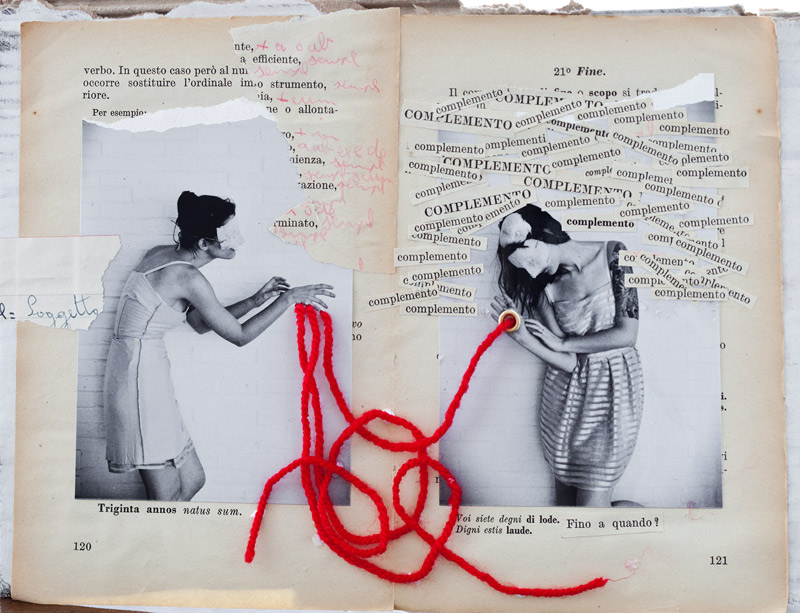Some Reflections on Bush, Bolter, Nelson and Englebart’s work
Reading through project Xanadu and its intentions reminded me of the mental processes of side-by-side viewing and going back and forth between various windows while working on a tablet. As indicated Bolter (2001), computers allow us to reorder pages unlike pages on printed text. Tablets take this a step further and allow simultaneous viewing and afford the user to make mental connections among texts or visuals. Project Xanadu (Nelson, 1999) proposes the benefit of forming such visual connections into virtual manifestations of linkage of ideas. The interconnection proposed sounds like a valuable endeavor if it can also be applied to the connection of images rather than text alone. In the words of Bolter (2001), “the image slips out of the control of the world and makes its own claim…” The kind of expression that hyper media affords often allows individuals to become very creative in a way that can only be achieved by a select few through writing.
Making connections between images and other images or images and text with the help of Xanadu can help further organize our collective knowledge and talents. As indicated by Bolter (2001), Encyclopedias aim to provide more information on popular topics rather than show their interrelation. Perhaps our self-organized Wikipedia has defied this notion since Walter’s times, and yet improvements in the organization of our non-textual information and methods of citation through idea like transulsion and transcopyright (Nelson, 1997).
Bush (1945) urged us to utilize multiple senses to yield understanding. With collective evolution of ideas, perhaps we will also be able to connect further manifestations of expression beyond text and image. Englebart (1997) urges us to act now rather than wait until we understand more about technology and ourselves. Perhaps the world wide web is a start in this direction as we discover new ways of linking what we know, how we express it and most importantly how we connect what is expressed with the ideas of another or with other ideas that we ourselves hold.
On a less optimistic note, Allowing recompositing and republication (Nelson, 1997) may create immense possibilities for mankind, however this can be compared metaphorically to the solution for poverty. Although the solution is simple and involves sharing and some sacrifices by the elite, it is a concept that is welcomed in theory and still awaits action in practice. Allowing the sharing of one’s hard work and research in exchange for the greater good and micropayments will be welcome by some and strongly opposed by others.
Bolter, J. D. (2001) Writing Spaces: Computers, Hypertext and the Remediation of Print. Lawrence Erlbaum Associates, Publishers: Mahwah, Ner Jersey London.
Bush, V. (1945). As we may think. The Atlantic Monthly, Retrieved from:
http://www.theatlantic.com/doc/194507/bush
Englebart, D. (1997) A Conceptual framework for the augmentation of man’s intellect. DC: Spartan Books. Retrieved from:
Lando, S. (2010) Connection. Retrieved from:
<https://flic.kr/p/8A1njq>
Nelson, T. H.(1991) Xanalogical Structure, Needed Now More than Ever: Parallel Documnts, Deep Links to Content, Deep Versioning, and Deep Re-Use. Project Xanadu. Retrieved from:
http://cs.brown.edu/memex/ACM_HypertextTestbed/papers/60.html

